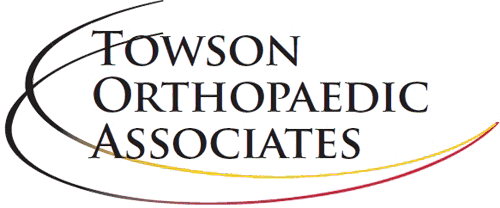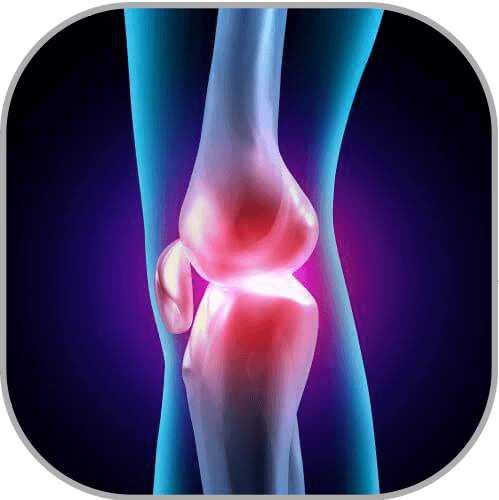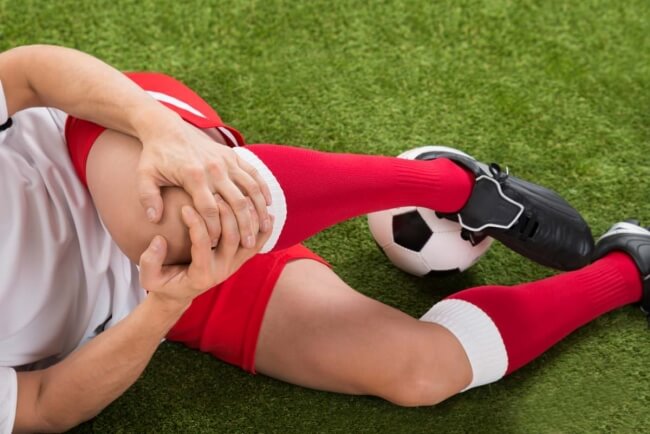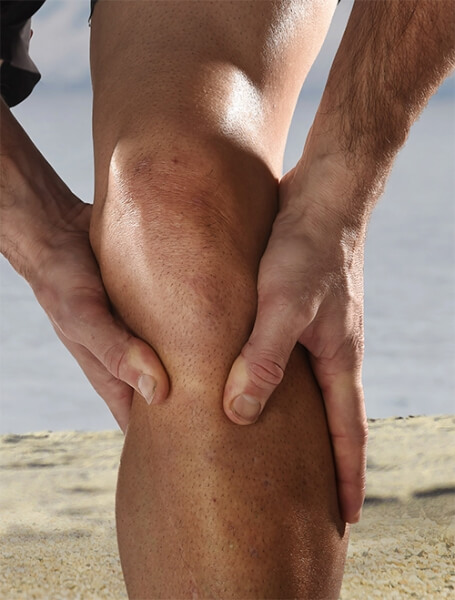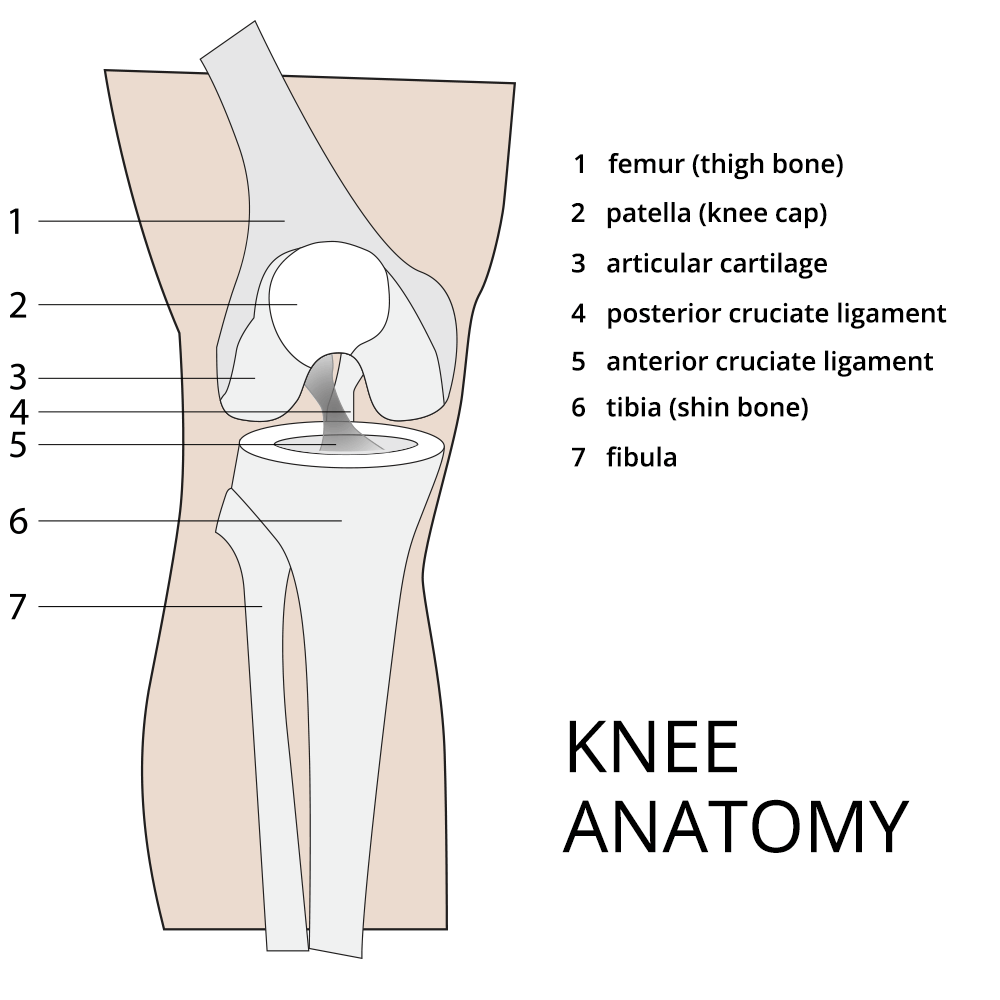 When a knee injury occurs, your ability to perform athletic activities and routine maneuvers can be significantly reduced. Additionally, pain or discomfort may follow you throughout the day when you walk, take the stairs, sit, stand, or otherwise bend the knee.
When a knee injury occurs, your ability to perform athletic activities and routine maneuvers can be significantly reduced. Additionally, pain or discomfort may follow you throughout the day when you walk, take the stairs, sit, stand, or otherwise bend the knee.
At Towson Orthopaedic Associates, our experienced sports medicine and orthopaedic surgeons offer a wide range of treatment options for some of the most common conditions affecting the knee joint as well as more advanced concerns that can affect athletes and non-athletes alike.
Our approach emphasizes minimally invasive methods, including physical therapy, anti-inflammatory medications, orthotics, and injections, that can get you up and moving again as quickly, safely, and comfortably as possible.
If conservative therapy proves unsuccessful, our skilled physicians can develop a customized treatment plan combining the latest surgical techniques and our rapid recovery program to help you achieve optimal functionality for the long term.
We have provided the following information to offer an overview of some of the most common knee injuries and conditions that can occur. For more information about knee issues and treatment options, or if you would like to schedule a consultation with one of our surgeons, please contact us today.
Common Knee Conditions
Knee Arthritis
There are numerous types of knee arthritis, which occur when inflammation develops in one or both of the knee joints, causing pain, stiffness, and reduced mobility. We offer a broad range of surgical and non-surgical treatment options, from physical therapy to knee replacement, which can help to restore functionality and enhance your comfort and well-being. When you arrive for your initial consultation, we will develop a customized treatment plan that can address your needs and optimize your outcome.
Knee Ligament Injuries: ACL and MCL
The anterior cruchiate ligament, better known as the ACL, and the medial collateral ligament, often referred to as the MCL, are two of the four ligaments that connect the thigh bone to the lower leg bone. These ligaments help to maintain the correct position of the leg when running, jumping, walking, and participating in athletic events. If an injury or accident results in an MCL or ACL tear, you may experience significant discomfort when performing these and other actions. At Towson Orthopaedic Associates, we emphasize preventive techniques that can reduce the risk of knee injury for athletes. After an accident has occurred, we offer a wide array of advanced treatment options to help heal the sprain and restore the highest level of function possible, including strength and flexibility exercises and knee surgery. We will tailor our treatment options to suit your unique anatomic needs and lifestyle.
Learn More About ACL Injury Treatment
Meniscal Tears
The meniscus is a piece of cushioning cartilage located in your knee that helps to prevent wear and tear to the bones in the knee joint. This bit of tissue is one of the most common cartilage injuries that can occur in the knee, particularly for athletes in contact sports and activities that require jumping or running with quick changes of direction. Depending on the degree of injury, a meniscus tear may be treated with non-invasive methods, such as rest, ice, anti-inflammatory medications, and physical therapy. More serious tears may require surgical intervention. If your doctor recommends an operation, our arthroscopic techniques can help you reduce or eliminate pain, regain mobility, and return to your favorite activities with as little downtime as possible. Preventive treatment that strengthens surrounding muscles and enhances balance and flexibility can also help to ensure long-term health and safety.
Learn More About Meniscus Injury Treatment
Runner’s Knee
Patellofemoral pain syndrome, also called runner’s knee, is an umbrella term used to describe a collection of conditions that can affect the knee as a result of overuse. In addition to runners, athletes who bike, walk, or jump can also develop this condition. Furthermore, injury as a result of a fall or blow, misalignment of the thigh or lower leg bones, or foot ailments can also contribute to the development of runner’s knee. An examination and medical tests can determine if runner’s knee is causing your discomfort, which typically presents as pain around and within the kneecap. In many cases, physical therapy, rest, and other non-surgical treatment may be all that’s required to heal the concern. However, in rare instances, surgery may be necessary to address the underlying root of the condition.
Learn More About Runner’s Knee Treatment
If you have additional questions about knee concerns and the available treatment options, or if you would like to schedule a consultation with one of our extensively trained surgeons, please contact our office today.
